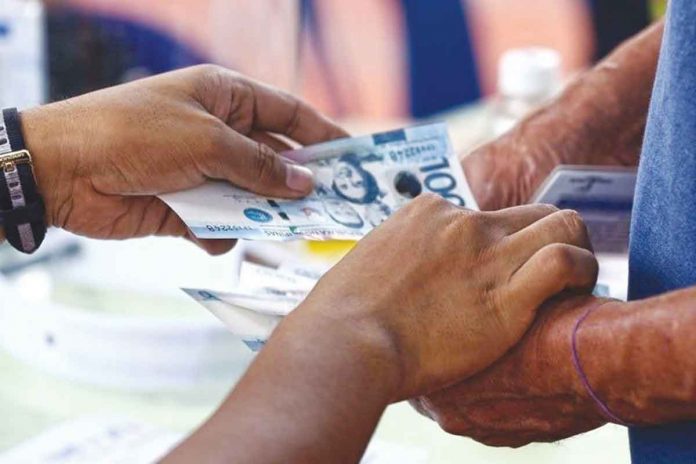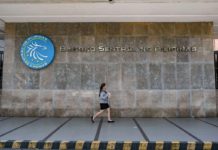
THE reopening of the economy amid the decline in COVID-19 infections would grow the Philippines’ gross domestic product (GDP) by 6 percent this year, although high consumer prices caused by Russia’s invasion of Ukraine posed a downside risk, the Asian Development Bank (ADB) said on Wednesday.
The Manila-based multilateral lender’s Asian Development Outlook 2022 report showed an unchanged GDP growth forecast for the Philippines this year compared with its projection last December, remaining below the government’s 7-9 percent target range.
In a webinar, ADB macroeconomics research director Abdul Abiad said that, following an Omicron-induced surge in COVID-19 cases at the start of this year which turned out to be “not as severe,” there are now more economic activities supportive of growth.
However, this ongoing war whose economic impact has been spilling over globally would likely push inflation above the government’s 2-4 percent target range of manageable price hikes this year, estimated by the ADB to hit 4.2 percent.
ADB senior regional cooperation officer Dulce Zara told the webinar that headline inflation in the Philippines “may go up depending on how big the impact is” of the prolonged war on global crude and commodity prices. Zara said expensive fuel would put pressure on public spending as the national budget had pegged global oil prices at only $70 per barrel, even as fuel skyrocketed to the level of $100 a barrel.
Zara said the distribution of fuel subsidies and cash aid to the most vulnerable sectors would help ease the pain inflicted by costlier oil.
Last Tuesday, Finance Secretary Carlos Dominguez III said the government will give away a total of P47.5 billion in financial assistance to those badly hit by elevated oil prices—P41.4 billion in unconditional cash transfers to the bottom 50-percent households worth P500 per month during a six-month period; P5 billion in fuel subsidies to public utility vehicle drivers; and P1.1 billion in fuel discounts to agricultural producers. The first tranche was already released last month. (©Philippine Daily Inquirer 2022/Ben O. de Vera)




